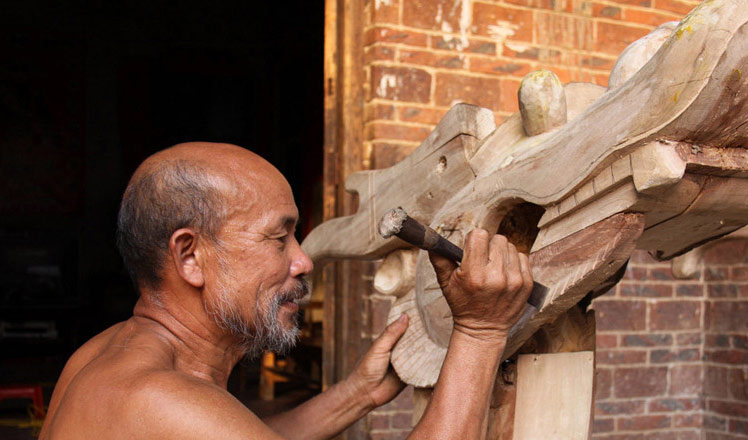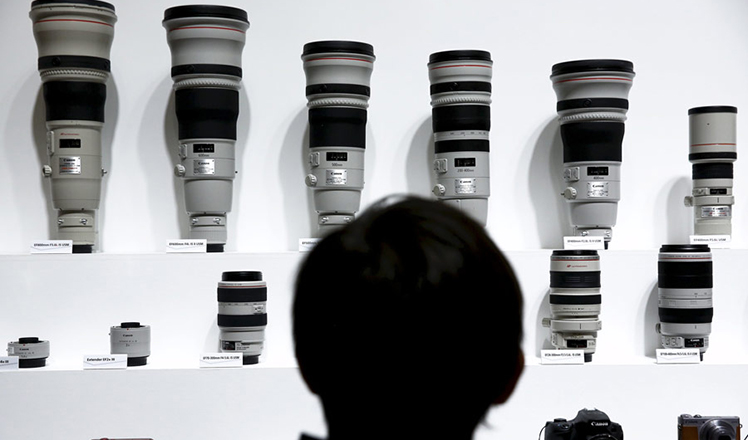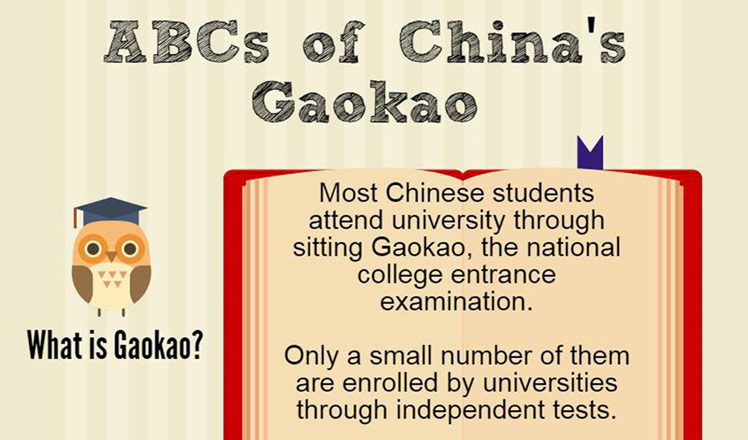An exhibition with immense cultural significance
Updated: 2016-06-09 07:43
By Lin Qi(China Daily)
|
||||||||
The Precious Collection of the Stone Moat exhibition at the Palace Museum was undoubtedly a highlight of the 2015 cultural calendar.
The show, divided into two phases, displayed 283 classical Chinese paintings and calligraphy pieces once cataloged in the Precious Collection of the Stone Moat, an inventory of the royal collection of the Qing Dynasty (1644-1911). It was compiled under orders of Emperor Qianlong to record some 11,000 artworks that were considered excellent among his immense collection.
Most visitors had to wait for long hours to get a glimpse of the Qingming Shanghe Tu, one of the best-known pieces on display, which is a scroll that shows scenes along the river during the Qingming Festival.
However, because of the huge crowds, each visitor got only a few minutes to have a look at the painting whose colors have faded.
The exhibition is believed to have reignited people's interest in classical Chinese painting and calligraphy.
Over the years, there has been a growing interest in the Precious Collection of the Stone Moat among collectors of Chinese antiques.
Many items cataloged in the inventory were taken out of the Forbidden City (Palace Museum), and some even transported abroad, following the decline of the Qing Dynasty, social chaos, wars and other reasons.
Now, only about 1,200 pieces cataloged in the inventory remain at the Palace Museum.
Paintings and calligraphy scrolls listed in the catalog's three volumes are still sought after by potential buyers since the mainland art market started to boom in the 1990s.
In auction catalogs, a note saying "formally cataloged in the Precious Collection of the Stone Moat" is a strong indication of the work's authenticity and significance.
Another bible for collectors is the Catalog of Classical Chinese Paintings and Calligraphy compiled by a team of prominent connoisseurs, such as Xie Zhiliu, Qi Gong and Xu Bangda, in the early 1980s.
They examined hundreds of collections in both private hands and public institutions, and the catalog records their judgments, including their different opinions on the genuineness of particular works.
These catalogs are typically used when collectors need to identify a featured artist's other works.
|
The Precious Collection of the Stone Moat exhibition at the Palace Museum last year helps improve knowledge of classical Chinese painting and Emperor Qianlong's collecting philosophy. Photos Provided To China Daily |
(China Daily 06/09/2016 page6)
- Suspected IS terrorists arrested in Germany
- Japanese boy abandoned by parents in Hokkaido forest found alive
- China to build Africa's biggest university library
- 'Kill list' found in UCLA campus shooter's residence: Police
- Swiss declare Alps tamed as Gotthard rail tunnel opens
- China urges Japan to properly settle Chinese forced laborers issue

 Euro powers land in France for UEFA EURO 2016
Euro powers land in France for UEFA EURO 2016
 The most unusualgaokao candidates in 2016
The most unusualgaokao candidates in 2016
 Elderly man carries on 1000-year old dragon boat craft
Elderly man carries on 1000-year old dragon boat craft
 Row your dragon boat, cute pandas in Yunnan!
Row your dragon boat, cute pandas in Yunnan!
 In pics: China's college entrance exam starts
In pics: China's college entrance exam starts
 Popular foods to break fast during holy month of Ramadan
Popular foods to break fast during holy month of Ramadan
 Top 10 biggest brands in Asia listed in media report
Top 10 biggest brands in Asia listed in media report
 Things you need to know about China's gaokao
Things you need to know about China's gaokao
Most Viewed
Editor's Picks

|

|

|

|

|

|
Today's Top News
Abe's blame game reveals his policies failing to get results
Ending wildlife trafficking must be policy priority in Asia
Effects of supply-side reform take time to be seen
Chinese State Councilor Yang Jiechi to meet Kerry
Chinese stocks surge on back of MSCI rumors
Liang avoids jail in shooting death
China's finance minister addresses ratings downgrade
Duke alumni visit Chinese Embassy
US Weekly

|

|








